Exact Answer: 2 to 4 Hours
Smoking involves the burning of tobacco or other substances, rolled in paper, to produce smoke that is inhaled by the smoker. This smoke contains active substances which go to the lungs and eventually get absorbed into the bloodstream. Hence, the effects of smoking are so fatal that instant gratification can easily be negated based on the various studies conducted.
Often considered a recreational activity, smoking is quite harmful to the smoker and the people around them. Passive smoking or second-hand smoking is inhaling the smoke exhaled by the primary smoker. Second-hand smoke is known to have similar detrimental effects as suffered by the primary smoker.
Secondary smoke poses a great danger to the young ones and leads to several complications as well. SIDS or Sudden Infant Death Syndrome is the sudden unexplained death of an infant in less than a year. Early age asthma, lung infections, learning difficulties, developmental delays, etc. are some of the risks that children face due to secondary smoke.
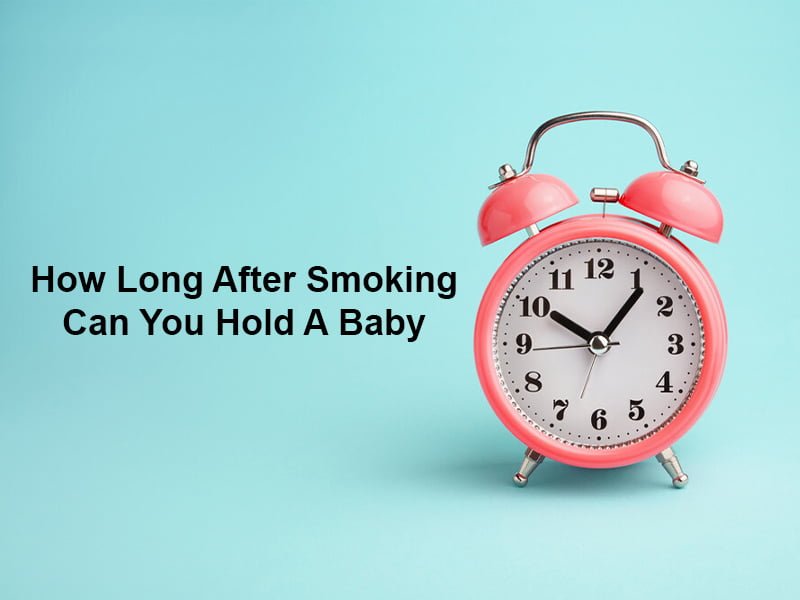
How Long After Smoking Can You Hold A Baby?
| Levels of PM2.5 particles | Time |
| Half of the initial quantity | 55 mins |
| Acceptable quantity as per WHO guidelines | 160 mins |
Around eighty per cent of the second-hand smoke is invisible to human eyes. It can be dangerous for the non-smoking occupants of the household. About 5000 chemicals releases in the smoke produced by a cigarette. PM 2.5 particles are a fine particulate substance that is present in the smoke, are a major concern of human health and can remain suspended in the air for a very long time.
So, it is advisable to avoid smoking inside a household with babies, who can become exposed to this secondary smoke and the harmful chemicals associated. It takes fifty-five minutes to reach fifty per cent of the initial PM 2.5 levels and 160 minutes to reach the levels considered safe for humans as per the WHO.

Paediatricians strictly advise that smokers must hold a baby only after 2 to 4 hours. They also suggest changing their clothes or wearing a layer on their existing clothes before holding a baby. This is because some of the suspended particles may stick to the cloth which can get into contact with the baby.
Third-hand smoke accounts for what is left behind after someone has smoked. This smoke lands and stays on every surface it comes in contact which means babies exposure to the harmful toxins released with the smoke.
Why Does It Take That Long To Hold A Baby After Smoking?
Smoke is dangerous for babies and children, and their exposure to second-hand and third-hand smoke through smokers around them can have detrimental effects.
Second hand and third-hand smoke tend to remain in the surroundings, and the toxic chemicals released with the smoke stick to the nearby surfaces. These chemicals even stick to the smokers’ clothes.
Babies spend their time on the ground or in the laps of their guardians. These places might have toxic chemicals released with smoke. The babies and children are most likely to swallow or breathe in these toxins from the smokers’ surroundings and belongings.
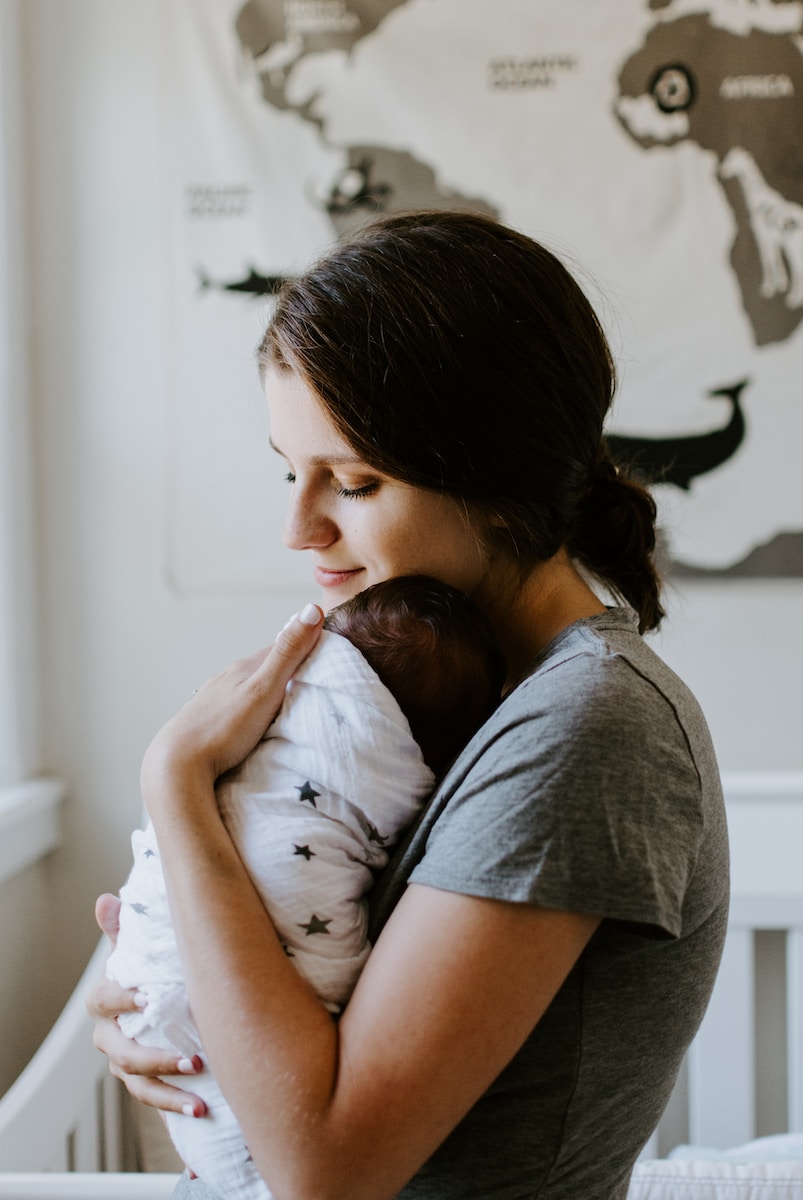
Babies and children tend to have smaller airways than grown-ups, and their airway is still in developing stages. Their immunity is also not as developed as an adult’s. So, a smoker must avoid coming in contact with the baby for a period of two to four hours. They must also take necessary precautions like washing their hands, changing clothes and rinsing their mouths.
Conclusion
Smoking is injurious to health not only for the smoker but also for the people in their surroundings. Babies especially are delicate and in developing stages of their respiratory and immune systems. It is advisable by the paediatricians to avoid coming in contact with a baby for two to four hours after a smoke. Even after that proper precautions must be taken to minimise the impact of smoke on the baby.

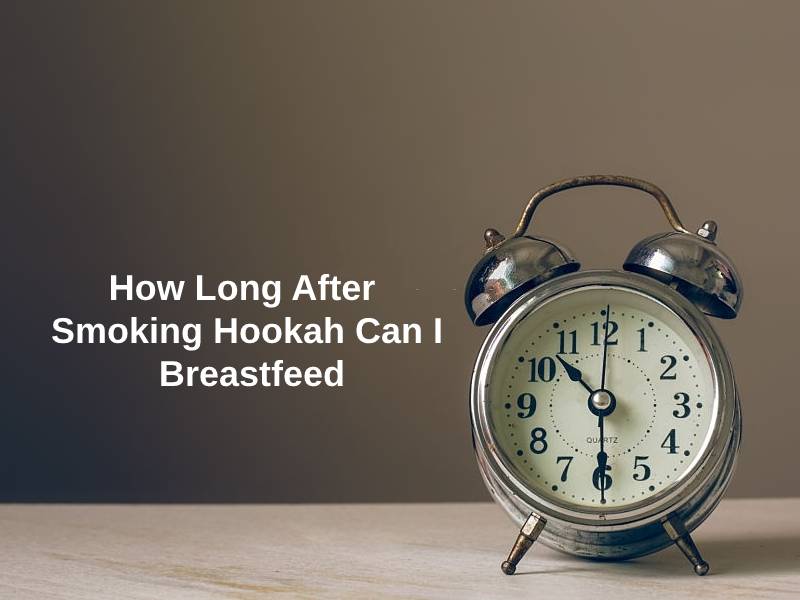

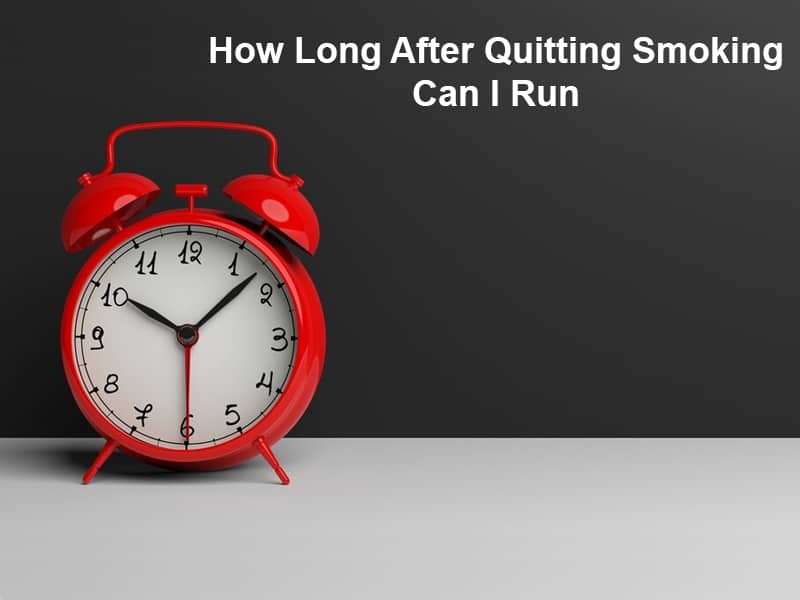


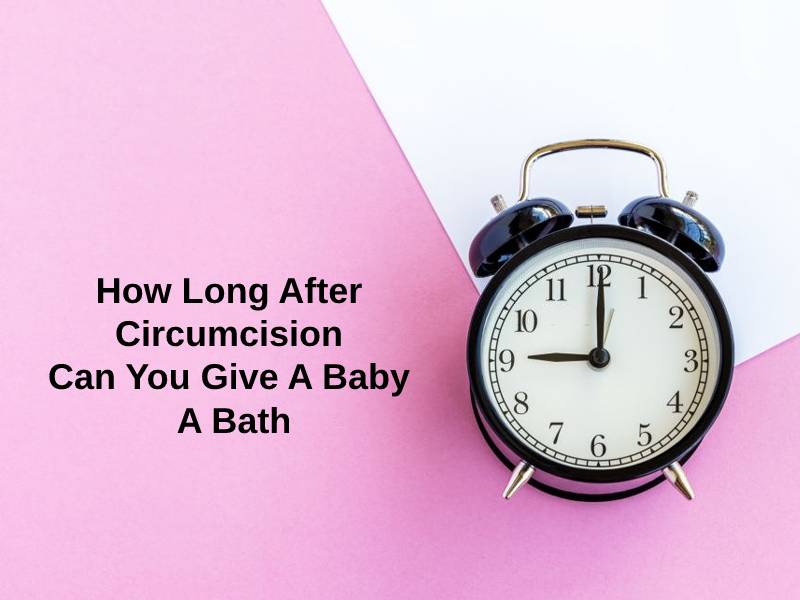
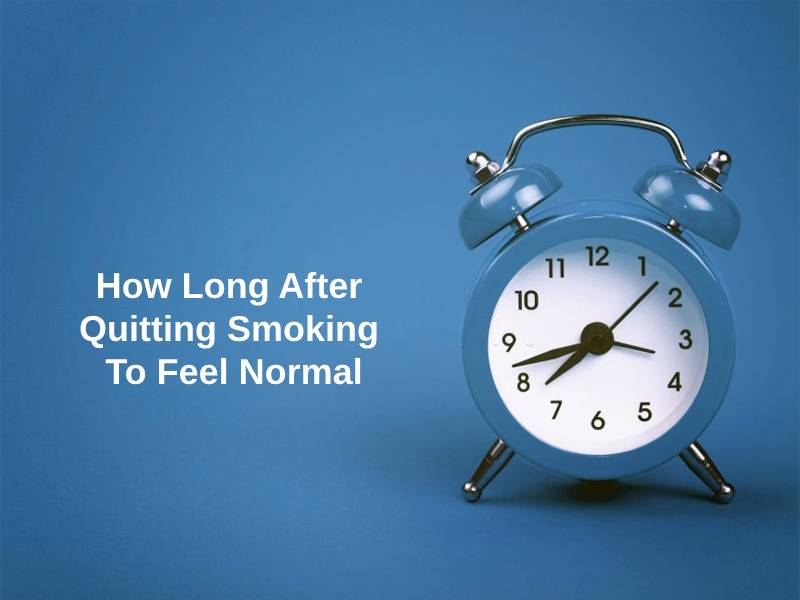
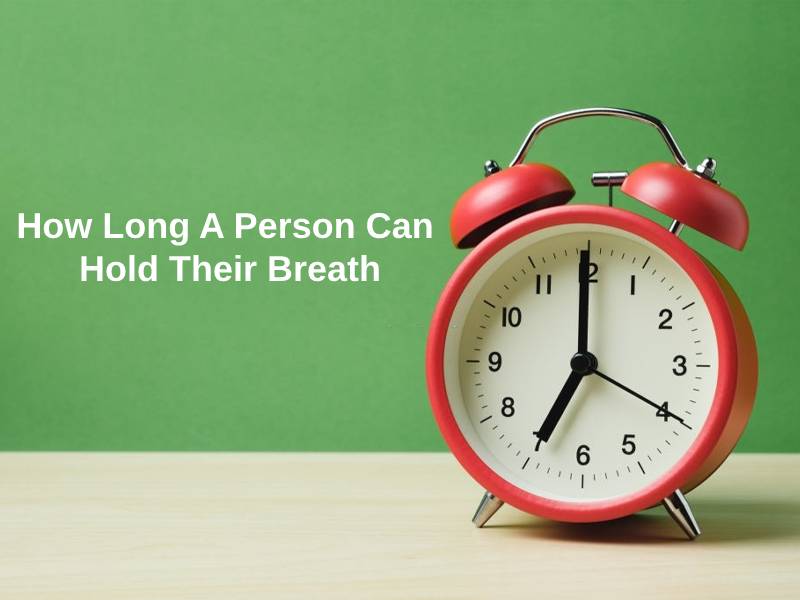


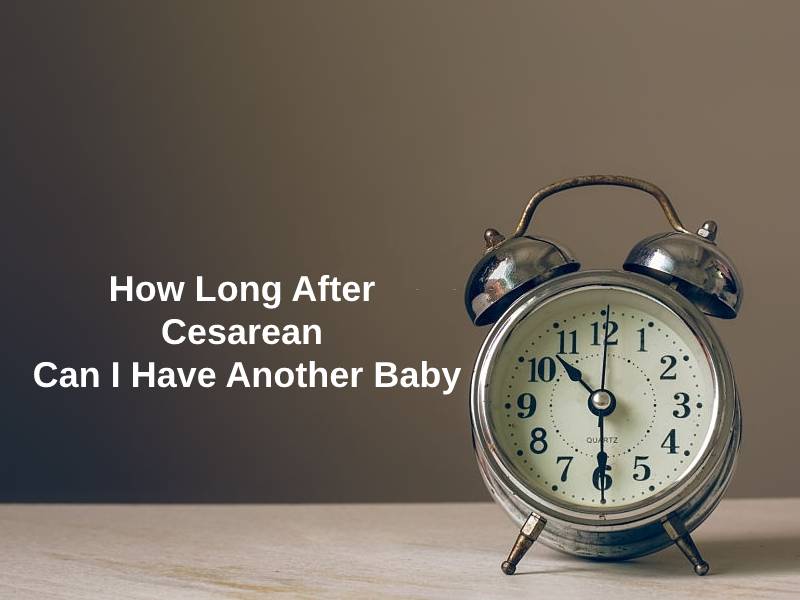

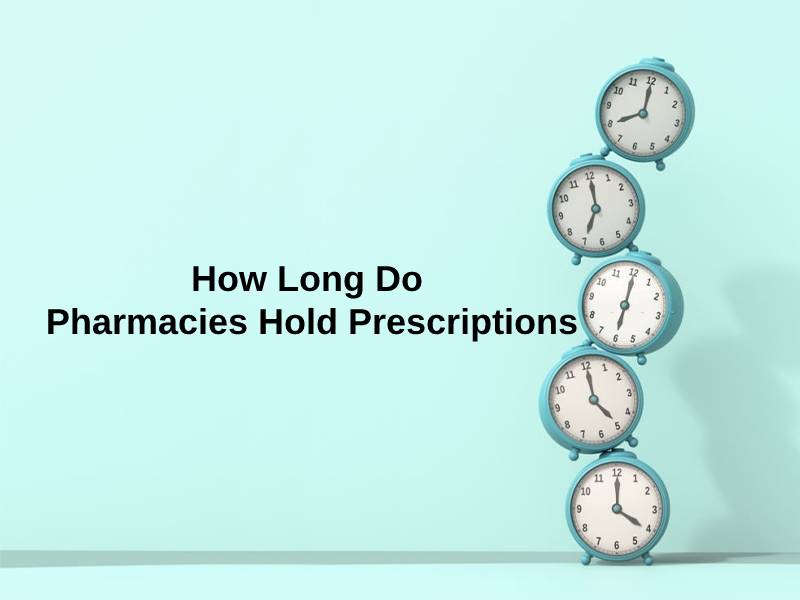

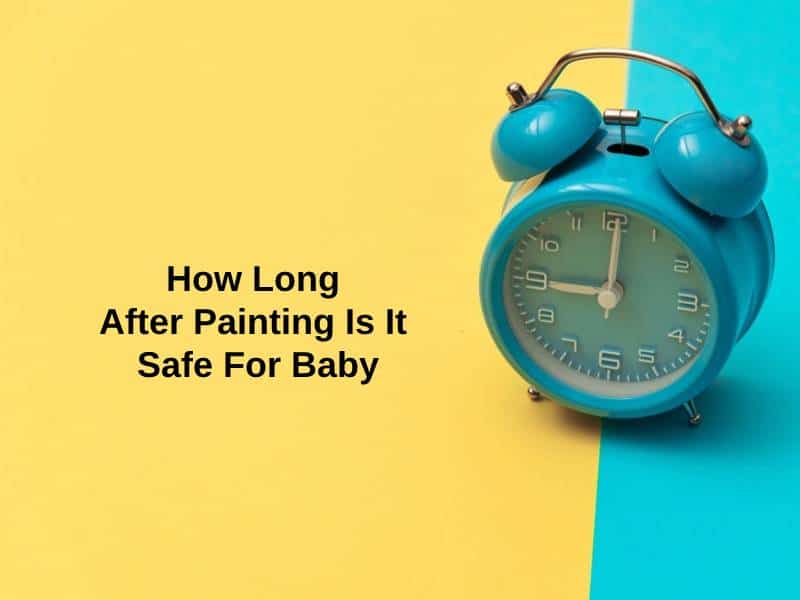
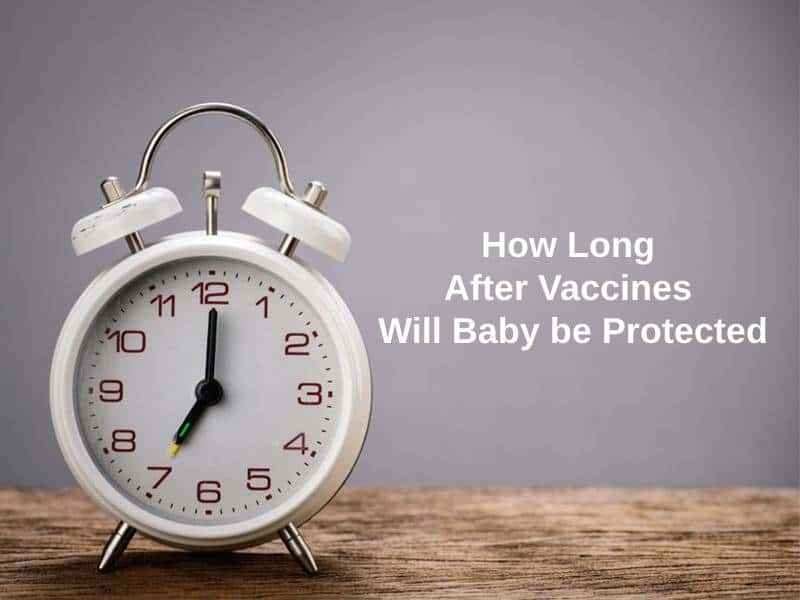


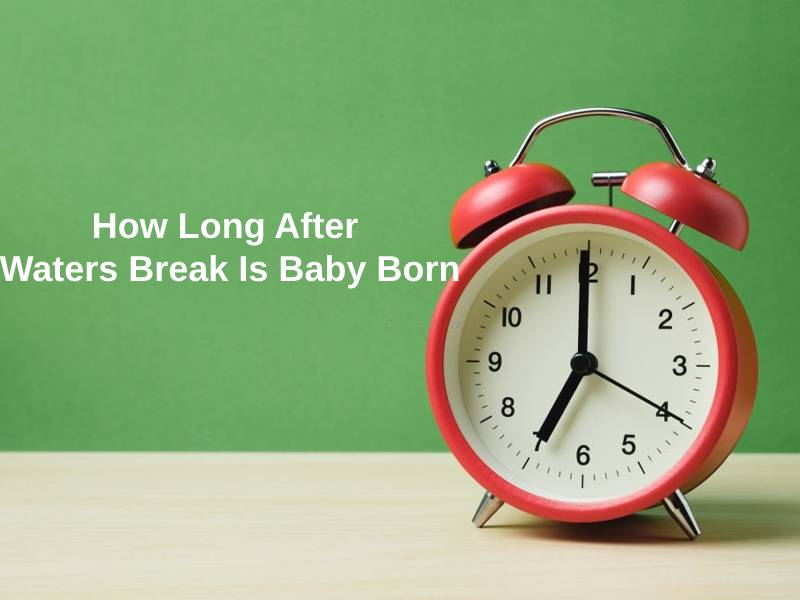
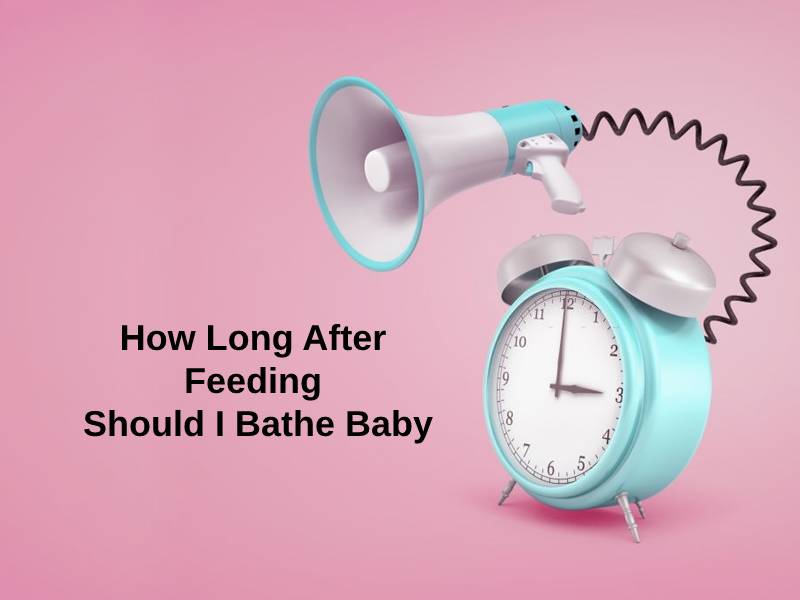
I appreciate the detailed explanation of why it takes 2 to 4 hours to hold a baby after smoking. The developmental differences and the health implications are thoroughly outlined to stress the importance of these precautions.
Indeed, the health and well-being of babies are of the utmost importance. The information presented here is compelling and should be taken very seriously.
The health risks associated with smoking around babies are significant, and the precautionary steps recommended in this article are imperative for ensuring the well-being of infants. A much-needed awareness of this issue.
Absolutely, the information provided here serves as a valuable reminder to prioritize the health of babies and take necessary precautions to minimize their exposure to harmful smoke.
The scientific evidence presented in this post is very compelling and reinforces the critical importance of protecting babies from the harmful effects of smoking. This is a well-articulated and informative article.
The vulnerability of babies to the toxic effects of smoke due to their developing respiratory and immune systems is a compelling reason to adhere to the recommended precautions. This article serves as a vital reminder to prioritize the health of infants.
Absolutely, this informative post emphasizes the critical need to protect babies from the hazardous effects of second-hand and third-hand smoke. A commendable effort to raise awareness.
The emphasis on the vulnerability of babies to the adverse effects of smoke exposure is a sobering reminder of the need for stringent measures to ensure their safety. This article effectively conveys the urgency of the issue.
I didn’t realize the extent of the dangers of third-hand smoke. This article provided insightful information that has made me more aware of the need to protect babies from the exposure to toxic chemicals from smoking.
I agree, the dangers of third-hand smoke are often overlooked. This post has effectively highlighted the need to address this issue to ensure the well-being of babies.
The evidence presented here underscores the urgency in implementing measures to safeguard babies from the harmful effects of smoking. The recommendations provided are crucial for minimizing the risks.
The evidence presented in this article clearly indicates the severity of the health risks posed to babies by smoke exposure. The recommended precautions are essential for ensuring the safety of infants. A compelling and informative post.
Absolutely, the need to adopt preventive measures to protect babies from the harmful effects of smoking cannot be overstated. This article effectively raises awareness and serves as an important resource.
The detailed explanations provided on the potential risks to babies from smoke exposure and the necessary precautions are enlightening. This article provides valuable insights into the implications of second-hand and third-hand smoke on infants.
The emphasis on the dangers of smoke exposure for babies is crucial, and the recommendations provided are essential for protecting infants. This article offers an insightful perspective on the issue.
I share your sentiment. The extensive information in this post underscores the need for smokers to exercise caution and adopt preventive measures to safeguard the health of babies. A thought-provoking read.
The emphasis on the vulnerability of babies to the harmful effects of smoke exposure underscores the critical need for smokers to adhere to the recommended precautions. This article serves as a valuable resource to raise awareness about this important issue.
I couldn’t agree more. The information presented here effectively conveys the urgency of protecting babies from the detrimental effects of smoke exposure. This is a compelling and enlightening read.
The need to prevent babies from exposure to toxic chemicals from smoking is clearly elucidated in this article. The recommended precautions and the scientific rationale provided are invaluable for protecting the health of infants.
I completely agree. The depth of information presented here highlights the urgency in implementing preventive measures to safeguard the well-being of babies. This is a well-researched and enlightening post.
The emphasis on protecting babies from the harmful effects of smoking is commendable. The measures outlined in this article are essential for minimizing the risks associated with smoke exposure. A highly informative and relevant read.
This was a very informative article. It is very important to raise awareness about the dangers of smoking, especially for babies. The measures that the article suggests are very useful for avoiding inadvertently harming the babies.
I agree, this post is filled with essential information about the dangers of smoking and how it affects babies. Great read!
Yes, it’s crucial we educate ourselves and others about the risks and take necessary precautions to protect the health of vulnerable babies.
The impact of smoking on babies is truly alarming. The scientific evidence provided in this article clearly demonstrates the harm caused by second-hand and third-hand smoke. This should serve as a wake-up call to all smokers.
Absolutely, the precautionary measures are of utmost importance to protect the health of infants. This is very eye-opening.